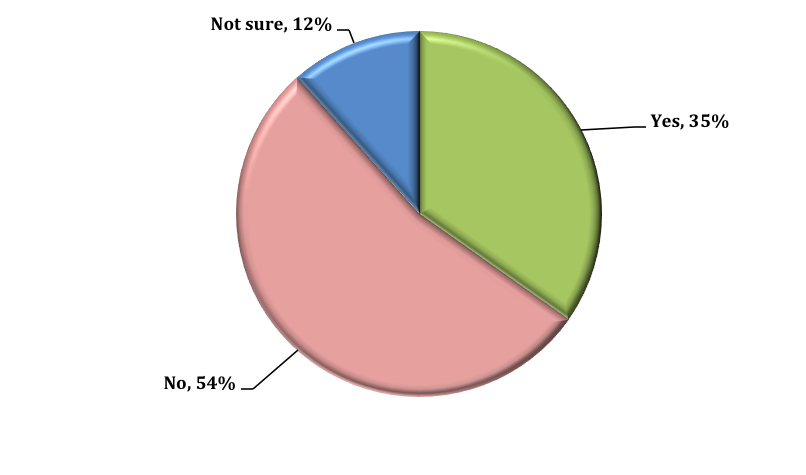
Image by: tumoxasan, ©2016 Getty Images
This is a question that many organizations should be asking and prepared to answer when it comes to process. For many organizations, the answer is, "Yes, we have someone responsible," and this may well be the department head whom they point to.
If you ask about having a group responsible for business process management (BPM) initiatives, the majority will unfortunately say, "No, or I don’t know." Ultimately, one might point to the chief operating officer (COO) and say, "This is the person responsible for all operations, so it is this person responsible for BPM." It is a good answer but not the right answer. It is also likely that people think of BPM as a technology and will, thus, tell you it must be someone in information technology (IT).
A recent report by AIIM titled "Process Improvement and Automation 2016 - A look at BPM," shows that 54% percent of respondents indicate there is no one group responsible for BPM and 12% who are unsure.

Does your organization have a specific group responsible for BPM initiatives?
©AIIM 2016
So while there may, in fact, be an individual—department head or otherwise—responsible for departmental processes, business organizations need to step back and take a holistic view of their operational processes to understand how they interact and the impact that a change in one process segment will have on the rest of the upstream and downstream processes. Remember, the end of one process triggers the next, so if you change something in one, it will impact the others.
Consider this
BPM should be viewed as a team approach, comprised of a cross-functional membership to not only address a specific project but assess the impact and opportunity across the process as a whole. Additionally, the focus should be on resolving a business problem, not just for the sake of using technology. When you ask about business problems, it is not unusual for the response to reflect a symptom rather than the problem.
For example, when asked to identify or explain a business problem, the response might be that the problem is an inability to process transactions at a certain rate per hour. While this is an issue, it is the underlying cause that needs to be identified and corrected. You must know the cause of the problem. Is it a bottleneck in a review process caused by an individual? Is this review step needed for all transactions, or are there some that, when standard criteria are met, could simply be passed through, with a review used for exception processing only?
What to think about
Identify areas of opportunity for process improvement. Look for bottlenecks in the process and ways these bottlenecks can be eliminated, such as the use of parallel processing or elimination of a step based on meeting standard sets of criteria, as in application processing.
Uncover the real business problem you are trying to solve. When you are told that the issue is slow processing times or too many exceptions, look deeper into the root cause. Ask the question to uncover why there are so many exceptions. Only when you find the cause of the problem, can you resolve the problem.
In my view
Process improvement and automation using BPM as the framework is an essential part of digital transformation of businesses. When assessing process improvement and automation opportunities, include the identification of and ways various information sets are integrated with the process, and remember to look at the end-to-end process rather than just the departmental workflow. What gets changed in the department could have a negative impact on the other departments feeding this process or that this process feeds.
Most of all, remember that any action taken is better than no action. When it comes to process improvement, it is better to try and learn from mistakes than to fear mistakes and not try at all.
Bob Larrivee is Vice President and Chief Analyst of Market Intelligence at AIIM and an internationally recognized subject matter expert and thought leader with over 30 years of experience in the fields of information and process management. He is an avid techie with a focus on process improvement and the application of advanced technologies to enhance and automate business operations. Follow him on Twitter @BobLarrivee.
















